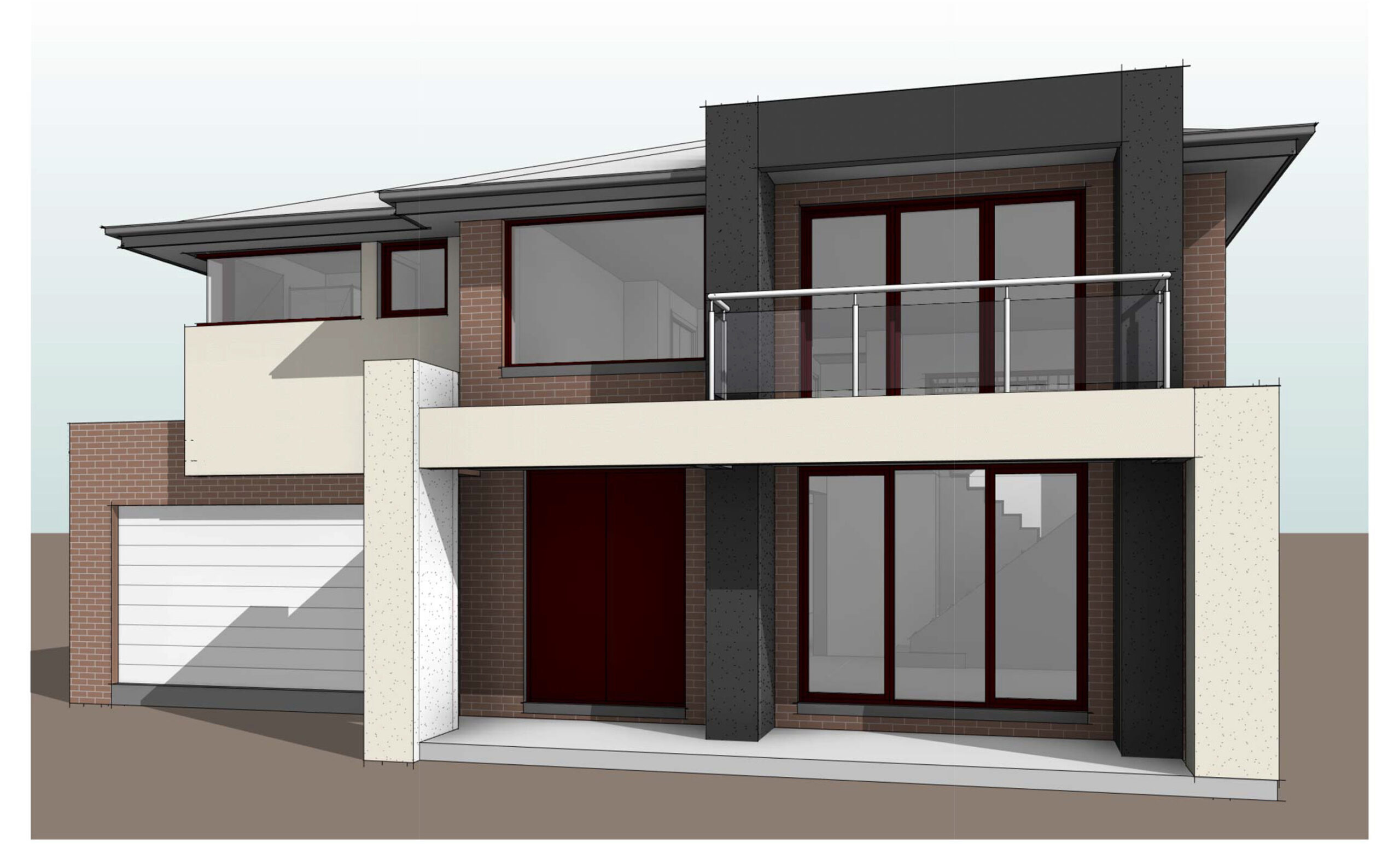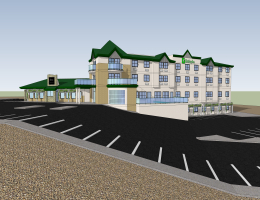Oil and Gas Industries in 3D Modeling Services
Posted on : Apr 24, 2023
As the oil and gas industry continues to evolve, companies are constantly searching for innovative ways to improve efficiency and reduce costs. One of the most promising developments in recent years has been the emergence of 3D modeling services. By creating detailed digital representations of oil and gas reservoirs and production facilities, 3D modeling can help companies streamline operations, improve decision-making, and optimize production.
What are 3D modeling services in the oil and gas industry?
3D modeling services are a specialized type of software that creates highly detailed digital models of physical objects or spaces. In the oil and gas industry, 3D modeling is used to create digital representations of oil and gas reservoirs, drilling sites, pipelines, and other production facilities. These models can be used to visualize the subsurface geology and evaluate potential reserves, plan and optimize drilling and production operations, and simulate the behavior of reservoirs over time.
How do 3D modeling services improve efficiency and reduce costs in the oil and gas industry?
By creating highly detailed and accurate digital representations of oil and gas reservoirs and production facilities, 3D modeling services can help companies optimize production and reduce costs. For example, 3D models can be used to:
Evaluate potential reserves and plan exploration and production activities more effectively.
Optimize drilling and production operations to reduce waste and improve efficiency.
Simulate the behavior of reservoirs over time to help predict future production and optimize production schedules.
Identify potential risks and problems before they occur, reducing downtime and increasing safety.
What are the benefits of using 3D modeling services in the oil and gas industry?
The benefits of using 3D modeling services in the oil and gas industry are numerous. Some of the most significant benefits include:
Increased efficiency and productivity: 3D models can help companies optimize production and reduce downtime, resulting in increased efficiency and productivity.
Improved decision-making: 3D models provide highly detailed and accurate information, allowing companies to make better-informed decisions about drilling and production activities.
Reduced costs: By optimizing production and reducing waste, 3D models can help companies reduce costs and improve profitability.
Increased safety: 3D models can help identify potential risks and hazards before they occur, improving safety and reducing accidents.
What are the challenges of using 3D modeling services in the oil and gas industry?
Despite the numerous benefits of using 3D modeling services in the oil and gas industry, there are also some challenges that must be addressed. Some of the most significant challenges include:
High costs: The initial investment required to implement 3D modeling services can be significant, which may limit adoption among smaller companies.
Limited expertise: 3D modeling is a highly specialized skill, and many companies may not have the expertise required to use it effectively.
Technical limitations: 3D modeling software is constantly evolving, and companies may need to invest in regular upgrades and training to keep up with the latest developments.
How is 3D modeling being used in the oil and gas industry today?
3D modeling is being used in a variety of ways in the oil and gas industry today. Some of the most common applications include:
Reservoir modeling: 3D models of subsurface reservoirs can help companies evaluate potential reserves and optimize production schedules.
Drilling and production optimization: 3D models of drilling and production facilities can be used to optimize operations and improve efficiency.
Pipeline modeling: 3D models of pipelines can help identify potential hazards and optimize routing.
Safety planning: 3D models can be used to simulate potential accidents and identify potential safety hazards.
Conclusion
3D modeling services are a promising development in the oil and gas industry,offering numerous benefits to companies that are able to implement them effectively. By creating detailed digital models of oil and gas reservoirs, drilling sites, pipelines, and other production facilities, 3D modeling can help companies streamline operations, improve decision-making, and optimize production. However, there are also some challenges to be addressed, such as the high initial investment required and the need for specialized expertise. Despite these challenges, the benefits of using 3D modeling services in the oil and gas industry are clear, and it is likely that we will see increased adoption of these services in the years to come.




